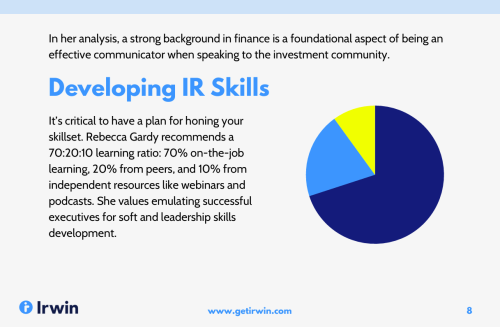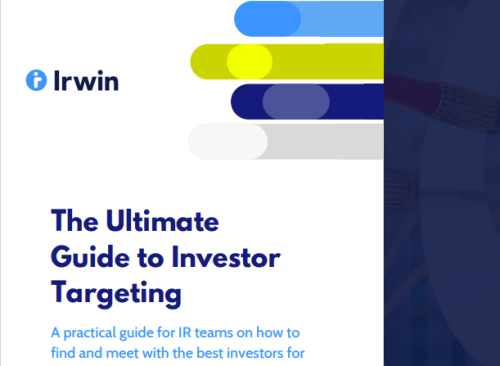The vast majority of IR professionals want to increase their proportion of non-domestic investors, according to a survey undertaken at IR Magazine’s recent webinar, held in partnership with Q4, on how to internationalize your shareholder base.
As the webinar panel explained, however, international targeting is not for all companies. There are various factors firms should consider before putting additional resources toward overseas investor marketing. Below, we round up seven takeaways from the discussion.
Start with your home market. Companies should consider whether they have strong relationships and effective messaging with their domestic investors before branching out, explained Tish Crawford-Jones, director of IR at Q4. You need to make sure everything is ‘going well where you are’ before focusing on more complicated or less familiar markets, she said.
Check the sentiment. Another factor is understanding how your market and sector are currently perceived. ‘Europe over the last decade has really had its ups and downs,’ said Crawford-Jones. But now some European companies are outperforming their North American counterparts, leading global fund managers to shift their portfolios.
What’s your exposure? When companies are very focused on one part of the world, looking outside of that area may not be the best use of their time. In contrast, operations or sales overseas can provide support as investors will be more familiar with your business, said Samantha Senna, director of IR at Q4. It may help your message be better ‘received and understood,’ she said.
Expect additional scrutiny. It’s becoming harder to justify international trips, the audience heard. The growth of virtual engagement during the pandemic showed that much can be achieved without getting on a plane. IR budgets are also tightening. That means IR teams need to work harder to explain the return on overseas travel, said Senna.
Direct contact on the up. An audience poll found that 56 percent of webinar viewers had increased their direct outreach to international investors over the last three years, a finding that chimed with the experiences of the panel. Crawford-Jones noted that some regions – such as the US market – are more receptive to direct contact than others.
Brokers remain key. While the amount of direct engagement is increasing, brokers remain key to international targeting efforts, said Crawford-Jones. ‘If you are testing the water, a broker is the best option to lessen the risk,’ she said. Some clients have found particular success with brokers that are part of a group with an investment arm, she added. ‘They know the market well because they are an institution themselves,’ she said.
Bear in mind cultural differences. When heading to other regions, IR teams should familiarize themselves with local business etiquette to avoid an embarrassing misstep, said the panel. For instance, in some cultures the business card holds a lot of value and must be given and received in a particular way, said Senna. ‘Before heading out, and spending all that time and money, make sure you understand each cultural difference and prepare accordingly,’ she said.
To watch a recording of the webinar, click here.










